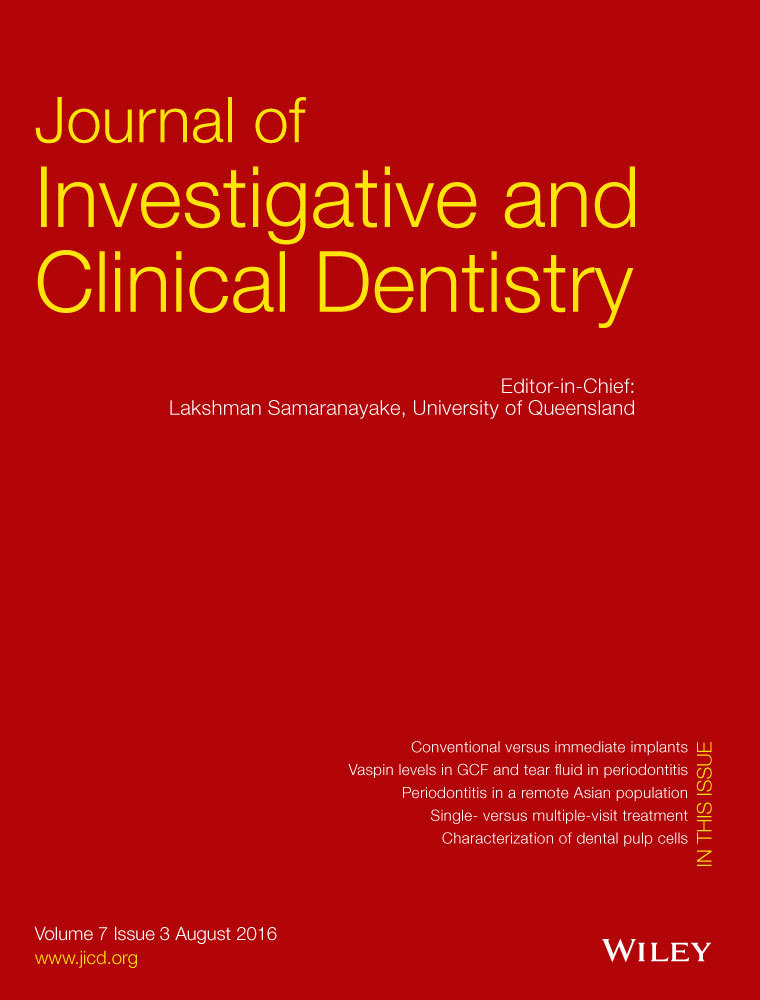Antimicrobial activity of different disinfection methods against biofilms in root canals
Abstract
Aim
The aim of the present study was to evaluate the bactericidal effects of different disinfection methods against microbial biofilms grown in root canals.
Methods
A total of 300 freshly-extracted human teeth were infected with microbial pathogens. The biofilm formation and the effects of laser therapy, photodynamic therapy (PDT), iontophoresis, and disinfection with irrigating solutions were evaluated by counting the generations of microbial cells in the samples of root canals and by scanning electron microscopy.
Results
Enterococcus faecalis and other Gram-positive cocci demonstrated highest sensitivity to the methods of antibacterial action compared here. In most of the cases observed, the antibacterial treatment was less effective against Gram-negative bacteria in dental biofilms. The biofilms that were most difficult to eliminate were those formed by Pseudomonas aeruginosa. Iontophoresis treatment with iodine and chemical disinfection with hypochlorite and chlorhexidine demonstrated the most powerful bactericidal effect. When PDT was applied with Fotosan as a photosensitizer, better disinfection was achieved in comparison to the other lasers alone.
Conclusion
The comparison of these different strategies for endodontic treatment showed that hypochlorite, followed by the chlorhexidine irrigant in our experimental conditions, gave the most satisfactory results against the formation of bacterial biofilms in the root canals.




